#ajin manga
Explore tagged Tumblr posts
Text
I was re-reading ajin for the 100th time, and I can't believe I'm just now noticing that Mr. Hirasawa is missing part of his left ear




I guess the creators of the anime didn't notice either cause his ear seems to be fine there


74 notes
·
View notes
Text
HAPPY FUCK THAT OLD MAN FRIDAY TO SATOU AJIN AND SATOU AJIN ONLY 🎉🎉🎉
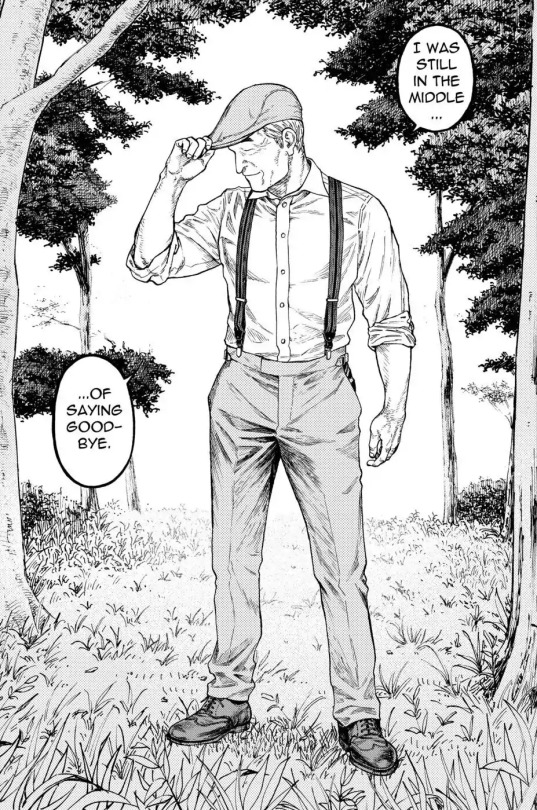


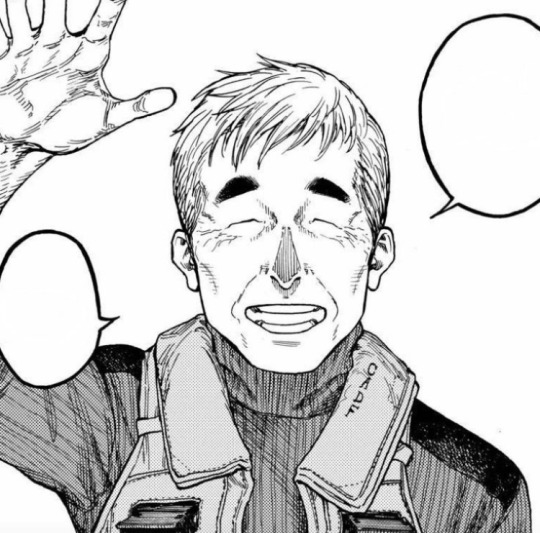
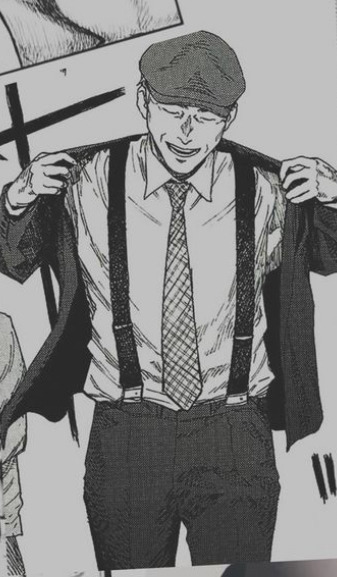


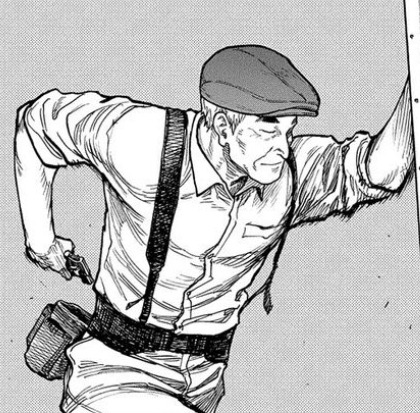
374 notes
·
View notes
Text
Ajin really is THAT bitch bc I finished the manga years ago and STILL think about the final Kei vs Satou confrontation, Death Note WISHES it had that peak of a second half
#kei reverse engineering his memory loss was so iconic he really is the guy of all time#my post#ajin demi human#ajin#ajin manga#kei nagai
53 notes
·
View notes
Text
My obligatory post while watching (now reading) Ajin: Demi-Human
The antagonist is sort of ... stealing the show. His views are unhinged, but realistic in the scope of the show. Someone terrifying like this COULD exist, by the principles of what an Ajin is. And he's just ... compelling.
I don't want to spread terror and mayhem, by any means, but I do ...

Want to pull up like him, yes.

Do I like how he channels the unhinged? Yes.

Do I like how he follows through on every one of his promises? Yes.

(Maybe want to fuck this old man? Hmm).

Prime murder grandpa material. All with a congenial, farmstead smile and tip of his cap. I appreciate character writing like this far beyond what words can express. He's repulsive, monstrous and certifiably insane. YES.
36 notes
·
View notes
Text



This is a fan translation I did, the original thread is taken from Gamon Sakurai's Twitter:
@ggggggggggero
The original caption:
"初心者の気持ちを汲まないおじさん"
Which translates to:
"An old man who doesn't take beginners' feelings into consideration"
So I'm assuming this is just Sato bullying noobs on league of legends, which is completely in character ngl
Relied mostly on Google translate and the limited gaming knowledge I have, so if anything is incorrect I don’t want to hear it ✋ (jk feel free to comment on anything)
#fan translation#I did this instead of my course work lol#I have two papers due on Tuesday and this is what I do with my limited time#anyways enjoy#I might translate the other tweets Gamon Sakurai posted if I’m feeling up to it#ajin#ajin demi human#sato ajin#ajin: demi human#Ajin manga#manga
14 notes
·
View notes
Text
O

#ajin#Ajin demi human#izumi shimomura#that one chapter broke me#i love it so much#art#im still crying#ajin manga#manga
32 notes
·
View notes
Text
An Ajin Manga Review: Discussing the Art
Part 1: Art Style in Relation to Storytelling
I entered this manga not knowing the first thing about it. I was scrolling through Manga4life after catching up on Hunter x Hunter and came across Ajin on the highest rated filter. I read through the comments and saw the praises for the story. I was collecting a number of different titles to read through and chose Ajin to begin my series of readings.
Why did I choose Ajin as a starter? What stood out to me about Ajin was its art. For many mangaka, the art begins somewhat immature and the artist hones their skills throughout the serialization. For example, there's a noticeable change in Tokyo Ghoul, Bleach, Naruto, HxH, etc. Ajin began with a recognizably polished art style thanks to Gamon Sakurai. The lines were confident and the scenes were already challenging in a way a veteran artist might be expected to execute. I was grabbed immediately!
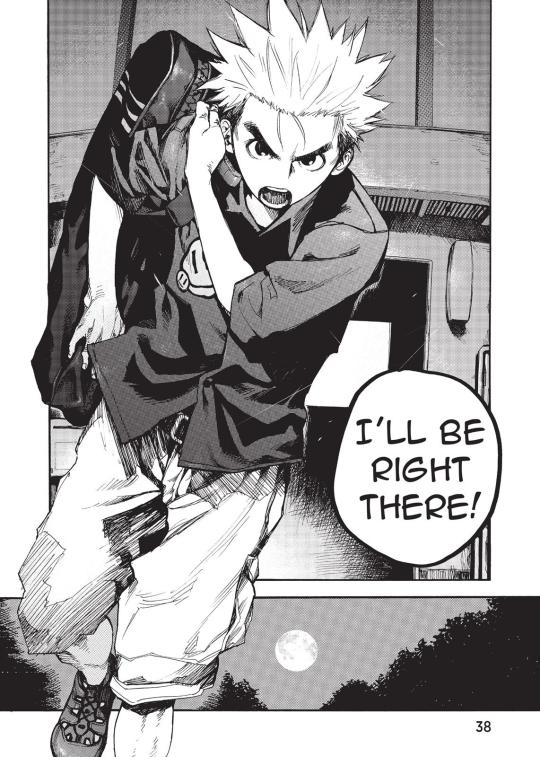

These two pages are both from the first chapter. Note the details on the folds of clothes, the sneakers, the officer's ear, and his uniform even. I have not come across many manga who's art begins with dramatic detail in the most mundane things such as clothing, at least not in such a way. I'm reminded of how in sports manga, the mangakas take a lot of time to detail a player's shoes, because those have importance to the sport itself.
To clarify, Ajin still went through a maturity in its art. Obviously, there was a change when the original writer Tsuina Miura left. With Sakurai having more control over the story, it's clear his change in story affected the characters and art style as well. For example, Kei Nagai goes from a rounder more doe-like appearance to sharper and straighter lines. His original design fit alongside his character portrayal as an innocent kid unfit for the severity of the story's premise; Kei was perhaps meant to be pitied in the original story.

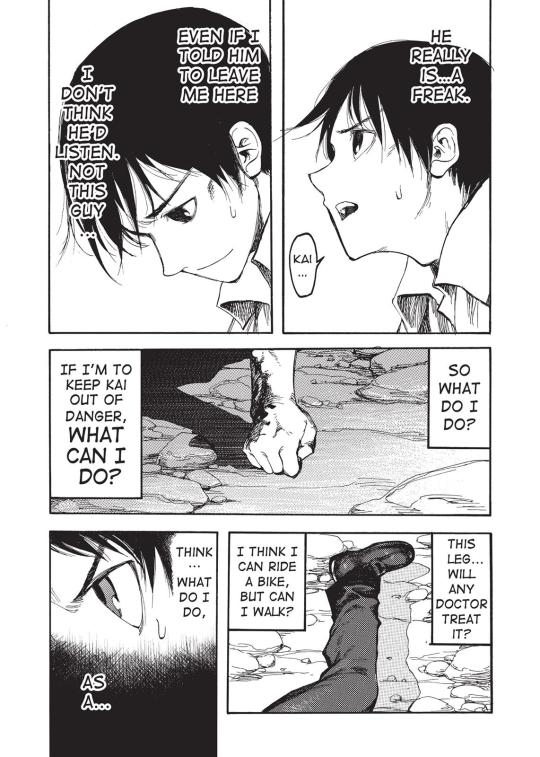
After Sakurai became the writer, Kei changed into an untrustworthy character who could shift personalities, utilizing both the younger look of the first volume, and the more confident and mature appearance Sakurai had created. Sakurai says that after volume 1, he "tried to move the art gradually closer to [his] own style" (ch.83, pg. 82). I recognize Kei's purposeful tonal changes as a creative method to transition the manga into Sakurai's own style and design changes that he had decided for the story.
Below, this series of pages illustrate first the differences between Kei in volume one and two. Then, the ways Sakurai uses both the softer and sharper designs to convey a transition of his character.
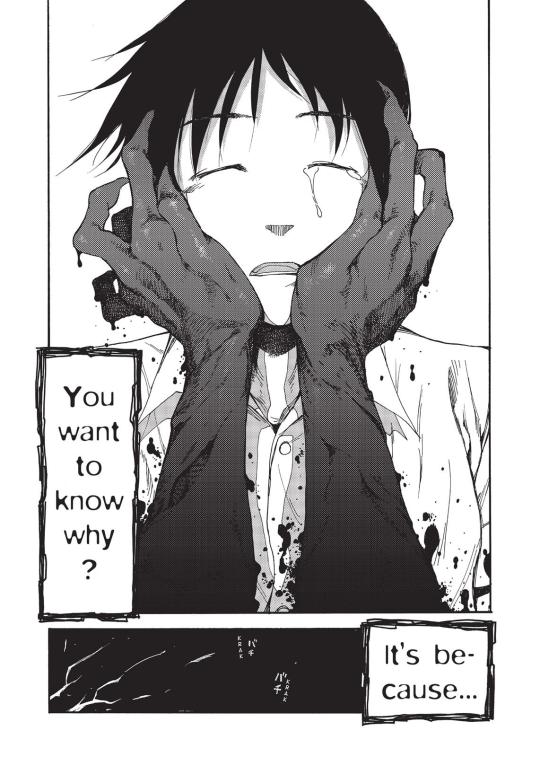

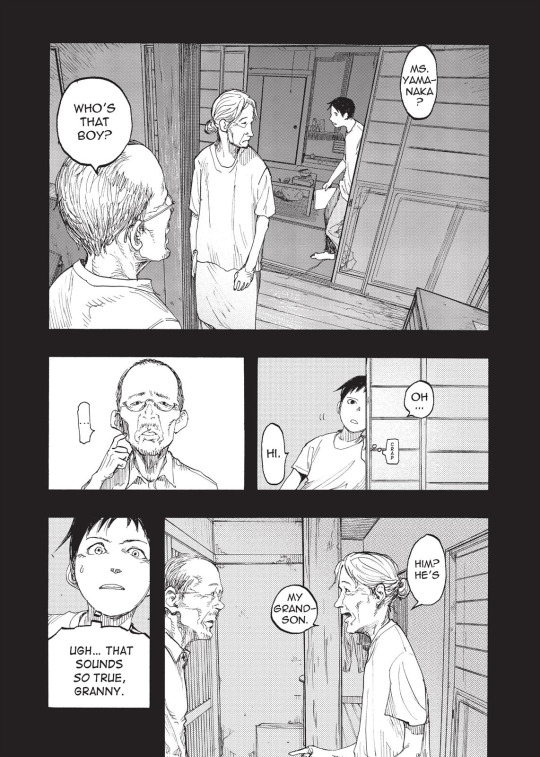
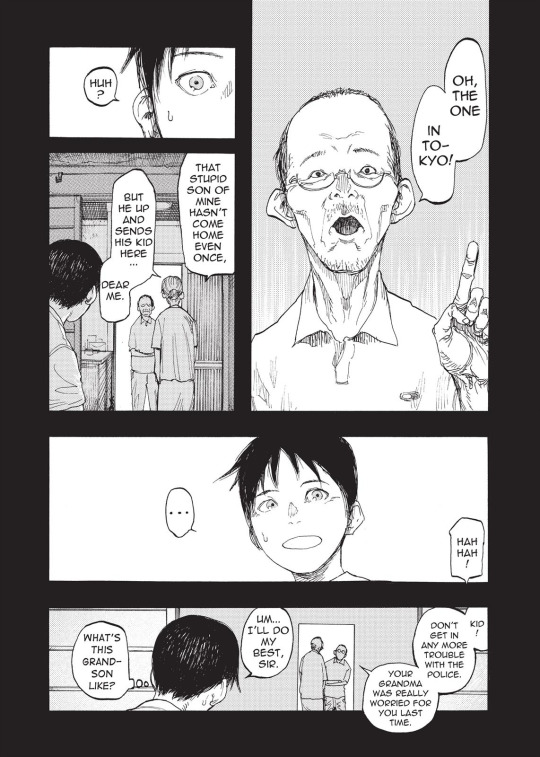
Finally, in chapter seventeen, page seven, Sakurai commits to the shift and reveals this new design and characterization to be the "real" Kei all along. Nakano comes to the same realization as the reader.
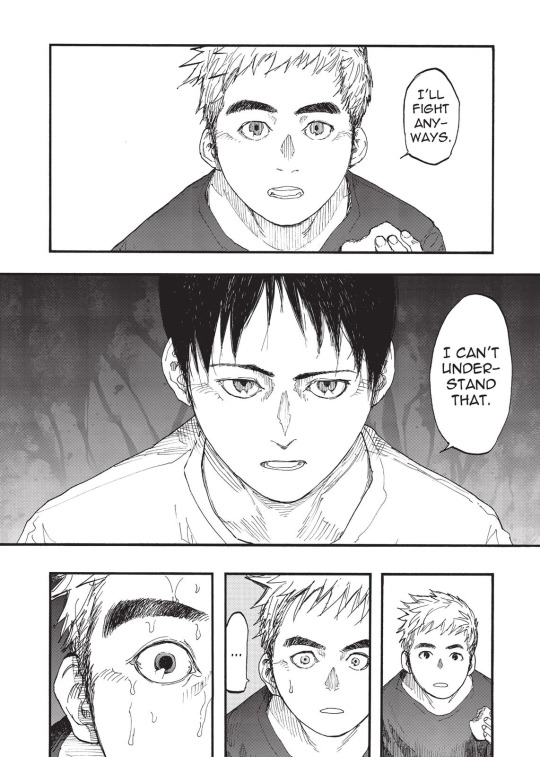
Sakurai used Kei's earlier more pitiful appearance to show Kei's softer mask that he wore to hide his true, more cold and calculative nature. After the moment between Nakano and Kei, the later design remains more consistent and total. Personally, I enjoy the later design more than the first and what it implied for the story. Along with a change in Kei's character was a change to the story's tone as well. Sato became more devious, and so did Kei. These character changes, in a way, foreshadowed the extremes in which the plot would take as well.
Though, still I would have enjoyed the closer relationship that was foreshadowed for Kei and Kai. I mean, look at these pages and tell me you don't see a budding homoerotic romance on the rise!
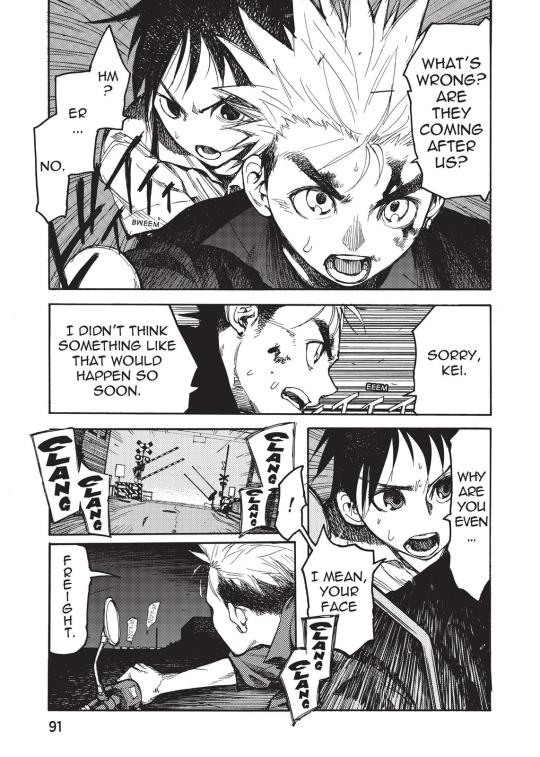

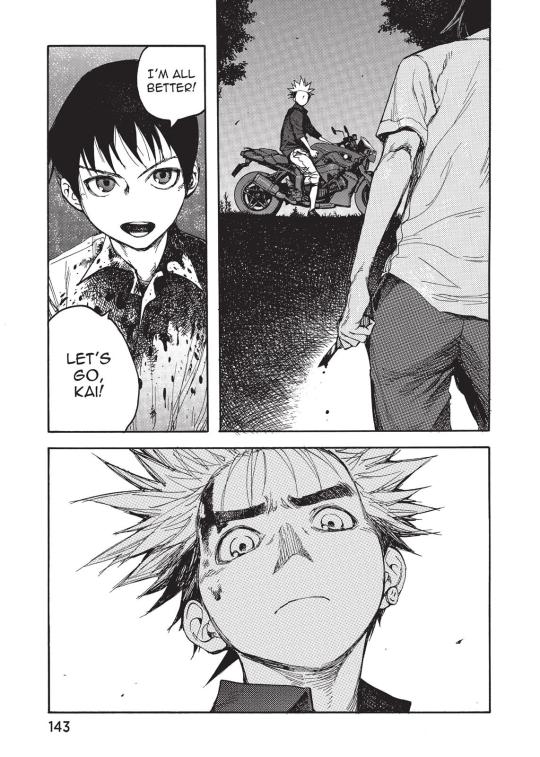
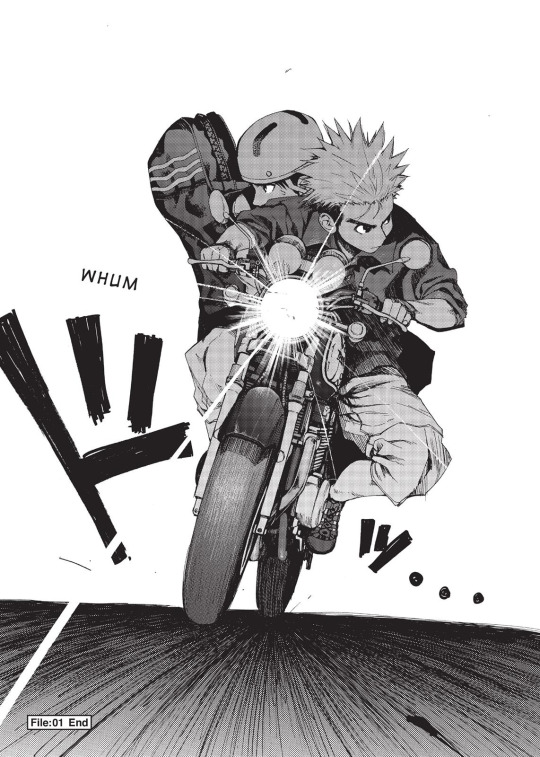
To round out my thoughts, I enjoyed the first premise, but overall enjoyed the second premise even more. In the next review, I'll dissect Sato's character and how he was handled from an authorial point of view. I just needed to discuss the art style change and what it implied for the story, especially Kei, as he plays an important role for the overall tone of the story.
#ajin#ajin demi human#ajin manga#manga#ajin review#manga review#literature review#book review#review#okay yeah#I should make this a youtube video
48 notes
·
View notes
Note
Ok send help I loved Ajin so much it was my favorite anime and I watched it so many times I lost count, but i've lost hope for it getting another season... where in the manga should i start? should i just start from the beginning? I've heard it's different so I'm scared
AJIN OuO
It is different, but I think you'll like the manga too!!
I think two main parts that are in the anime, but different, are manga chapter 22 (in vol 5) where Kei and Kou leave the small village they've been hiding out in, and the Forge building arc, which runs from about chapters 31~42. If you're really invested in skipping parts of it, I'd suggested starting from chapter 31, since that'll give you context for how the Forge arc and the later arc(s) are different.
(Also like everything after chapter 42 is different because none of the adaptations made it past then)
Personally I'd recommend reading from the beginning if you have the chance, I feel like a lot of what makes Ajin good is the character development, and there's small moments that feel like they could make a difference in how you interpret things.
Get ready for the whiplash in the art style in the early volumes, though!
(Also, probably not specifically relevant to your question, but I just heard Kodansha is going to do 3-in-1 print volumes of Ajin [in English] soon)
#Ajin#Ajin manga#comparison#still suffering from reading the early volumes/watching the early episodes too much making it hard to do a full reread/rewatch#I always get hung up by like ep 6 or vol 3 ish#answers
10 notes
·
View notes
Text
This man is one of the most charismatic, fucked up, batshit insane antagonists I've ever seen.
Anyway, here's Sato casually passing his own body through a grinder so that he can regenerate himself elsewhere. THIS is how a villain makes an entrance 😂😂😂



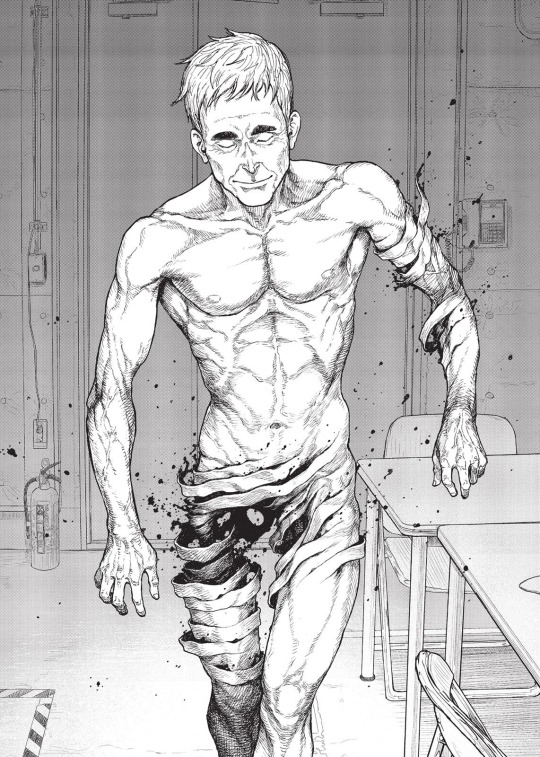
Ajin: Demi-Human by Gamon Sakurai
File 35 - the man trap
31 notes
·
View notes
Text
fanfics, headcanons, theories, fanons and fanarts keeps a fandom alive, even after it ends
#fandom#attack on titan#shingeki no kyojin#aot#chainsaw man#psycho pass#death note#yuukoku no moriarty#moriarty the patriot#tokyo ghoul#harry potter#omniscent reader's viewpoint#spy x family#headcanon#fanon#theory#fanart#fanfic#ajin demi human#ajin#monster#jujutsu kaisen#classroom of the elite#anime#anime weeb#weeb#manga#percy jackson#cielettosa talks#cielettosa
784 notes
·
View notes
Text

this panel is forever driving me insane. beyond the fact that satou took the time to make a miami vice reference in the middle of a firefight this line had extremely funny implications depending on how you interpret it bc it means that either
1.) he and his ibm share memories/information (most canonically probable)
2.) his ibm just. decided on its own to watch miami vice while he was letting it roam around
or 3.) he expended valuable energy for the express purpose of manifesting his ibm, sitting it down, and making it watch miami vice. while being hunted by the entire japanese government.
302 notes
·
View notes
Text



Anyway, soft Kei smiles
#ajin demi human#kei nagai#nagai kei#ajin#ajin: demi human#was showing my friend scenes from this manga & when she saw the last scene she was like 'this is the only time ive seen this guy smile'#so i went back to get more pictures of kinder smiles from kei lol#my post
97 notes
·
View notes
Text
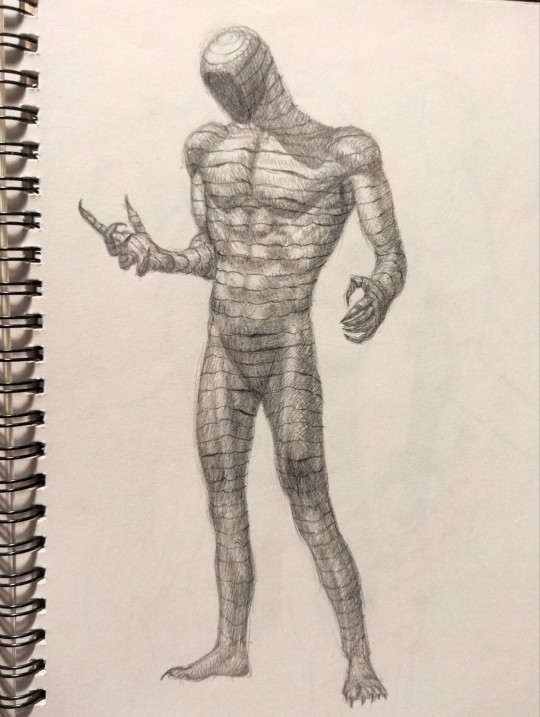
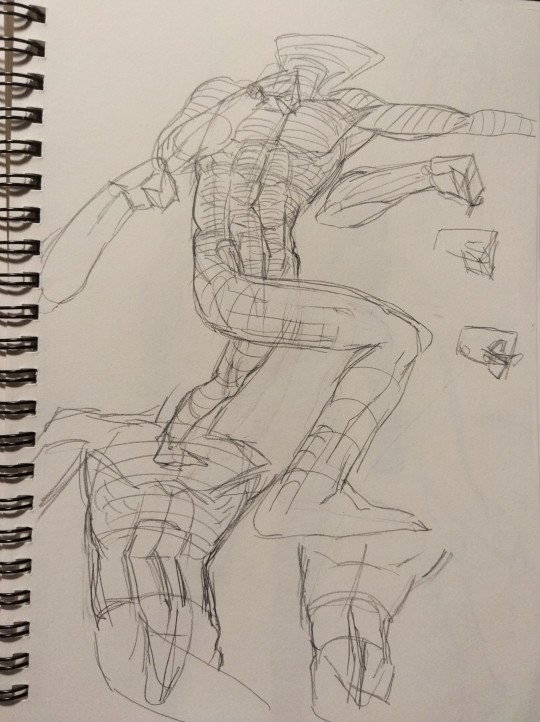

#art#artists on tumblr#drawing#artist#sketch#artwork#doodle#manga and anime#anime fanart#anime art#anime#ajin#ajin demi human#manga art#manga
152 notes
·
View notes
Text


Takanashi Hikari ; Interviews with Monster Girls ☆ Kotobukiya
#happy halloween season!!! 🎃🖤#demi chan wa kataritai#interviews with monster girls#ajin chan wa kataritai#takanashi hikari#hikari takanashi#kotobukiya#anime#anime figure#figure#figure collecting#anime figurine#figurine#anime collecting#scale figure#myfigurecollection#manga
72 notes
·
View notes

